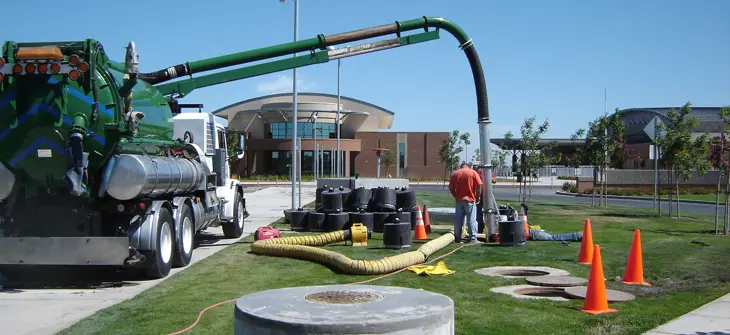
Designing Manufactured Treatment Devices with Maintenance in Mind Part 1: Factors That Drive MTD Maintenance Costs
Understanding the Cost Drivers of Maintaining Manufactured Treatment Devices (MTDs)
Manufactured Treatment Devices (MTD's) are similar to non-proprietary stormwater BMP's in that they must be maintained so they perform as intended. However, the majority of effort and focus are typically placed upon the initial design and construction of stormwater treatment facilities, with little thought as to how these systems will be maintained long term. In all cases, the property owner is left responsible for the consequences of decisions made by others during the design and construction phases, nearly all of whom have moved on to new projects once the construction phase of the project is terminated. This is changing, as civil engineers are now placing more importance on the long-term maintenance costs associated with MTD's. To serve the best interest of their clients, not only does the specifying engineer have the responsibility to select and design the stormwater BMP that meets the site's structural and regulatory requirements, they also have a responsibility to specify the system that has the lowest long-term operating and maintenance costs for the owner.
Factors That Drive MTD Maintenance Costs
Before exploring how to select and design MTD'S to reduce long-term maintenance costs, we need to explore what drives these costs. The four primary cost influencers are time and equipment, disposal costs, replacement costs of consumable components, and frequency.
Time and equipment
Time and equipment costs include the labor and equipment needed to perform maintenance. Distance to the disposal facility is also a factor. The more people, time, and equipment required, the higher the maintenance costs.
Disposal costs
Municipalities may have their own maintenance crews and access to disposal facilities. Privately owned facilities such as retail establishments or apartment complexes will usually hire a third-party maintenance provider. These providers will need to pay to have their contaminated liquids and solids disposed of properly. Local regulations dictate how these materials are managed. However, solids typically go to a landfill, while liquids usually go to a water treatment facility. The maintenance providers must pay for the disposal of these materials.
Consumables
The type and amount of replacement consumables such as filters, media, and mulch will also impact total maintenance costs.
Now that we understand the factors that drive MTD maintenance costs, in part two of this series, we will look at the three most important factors to consider when designing MTD's with maintenance in mind - access, location, and onsite logistics.
